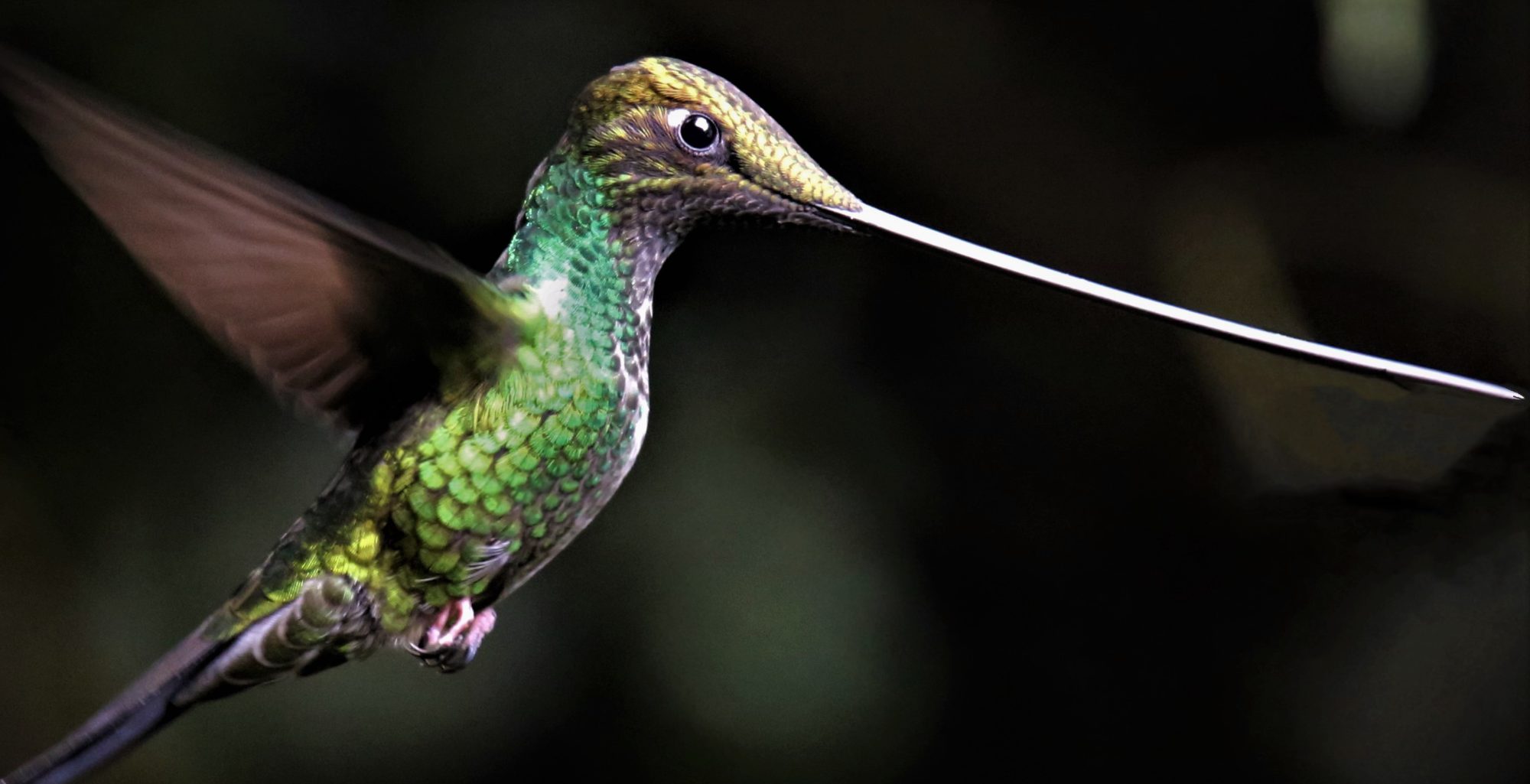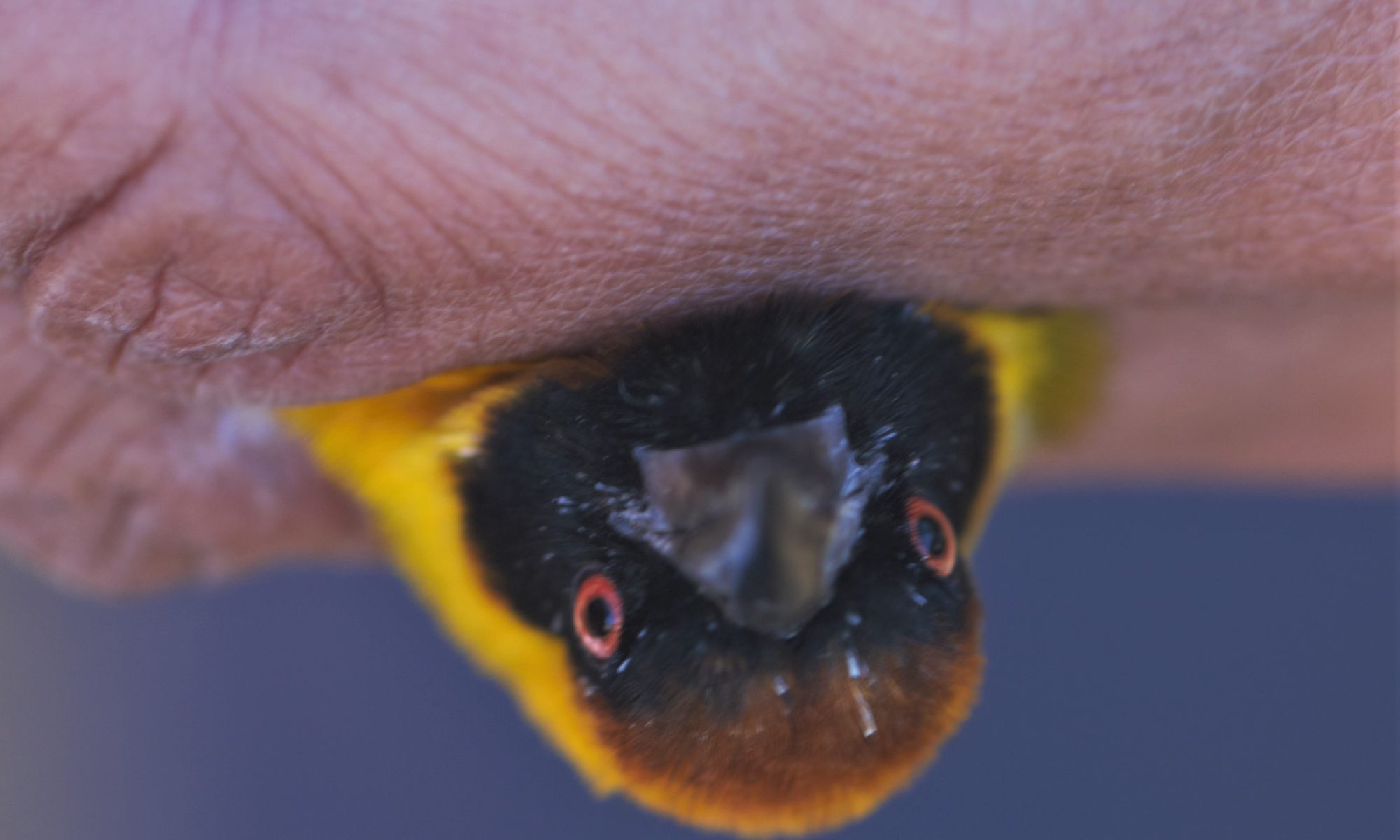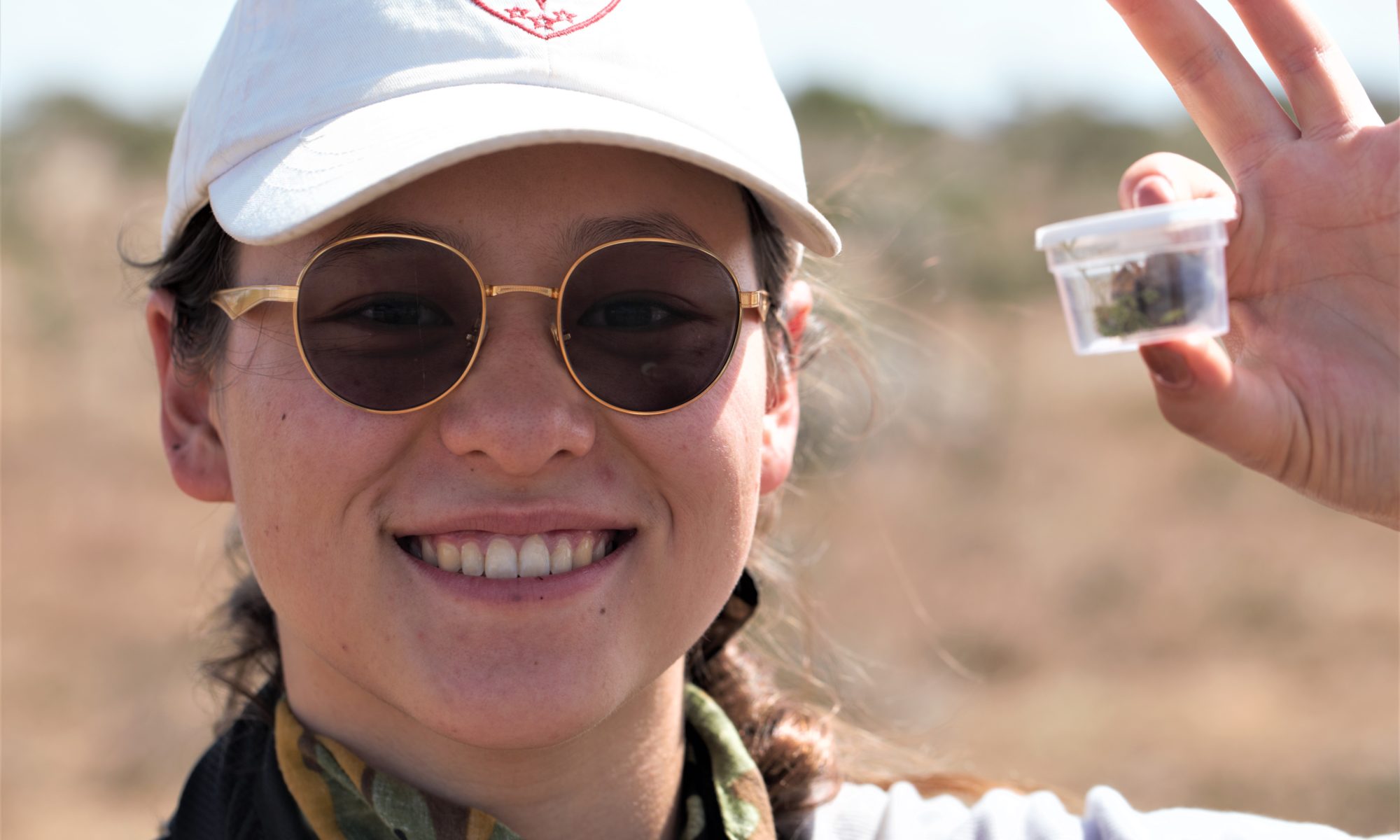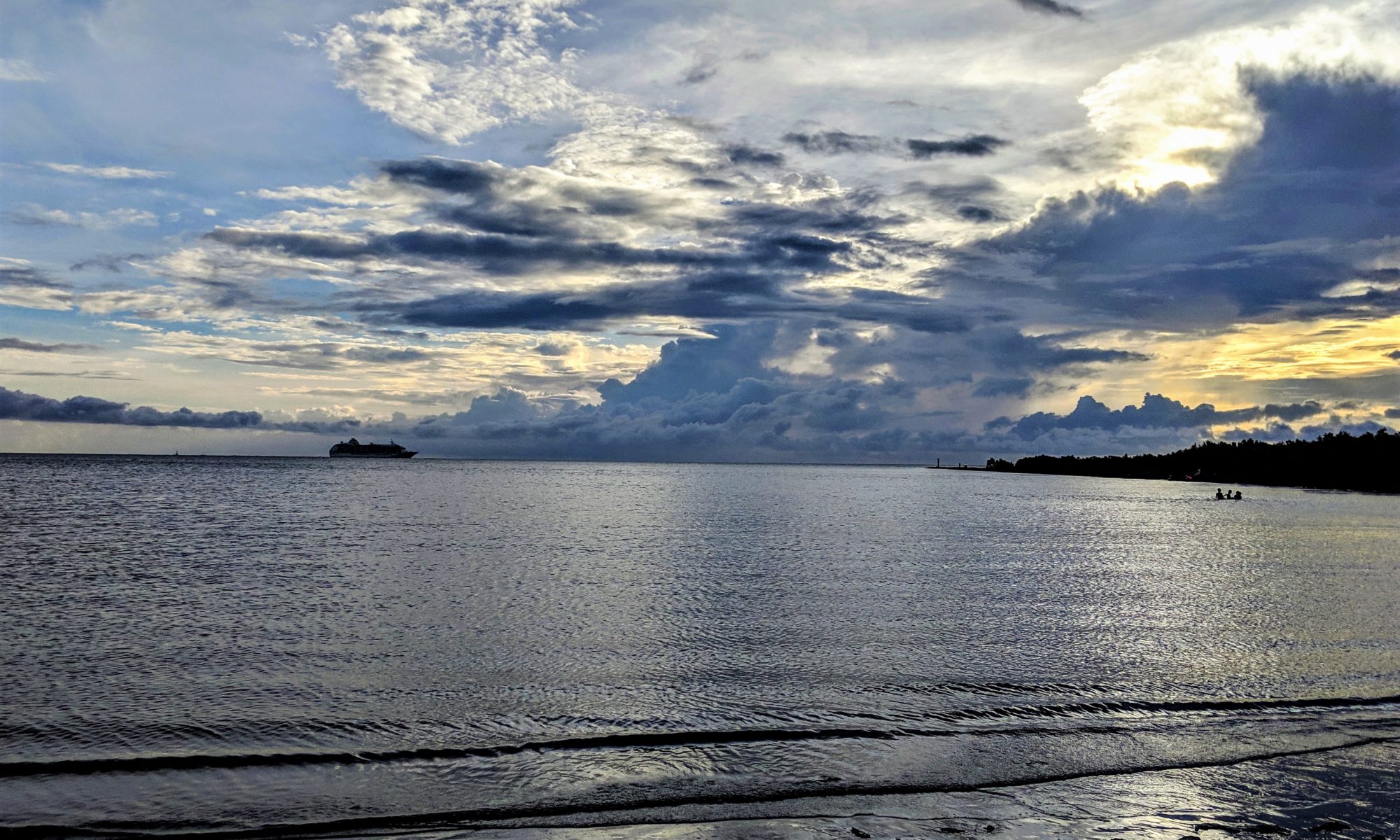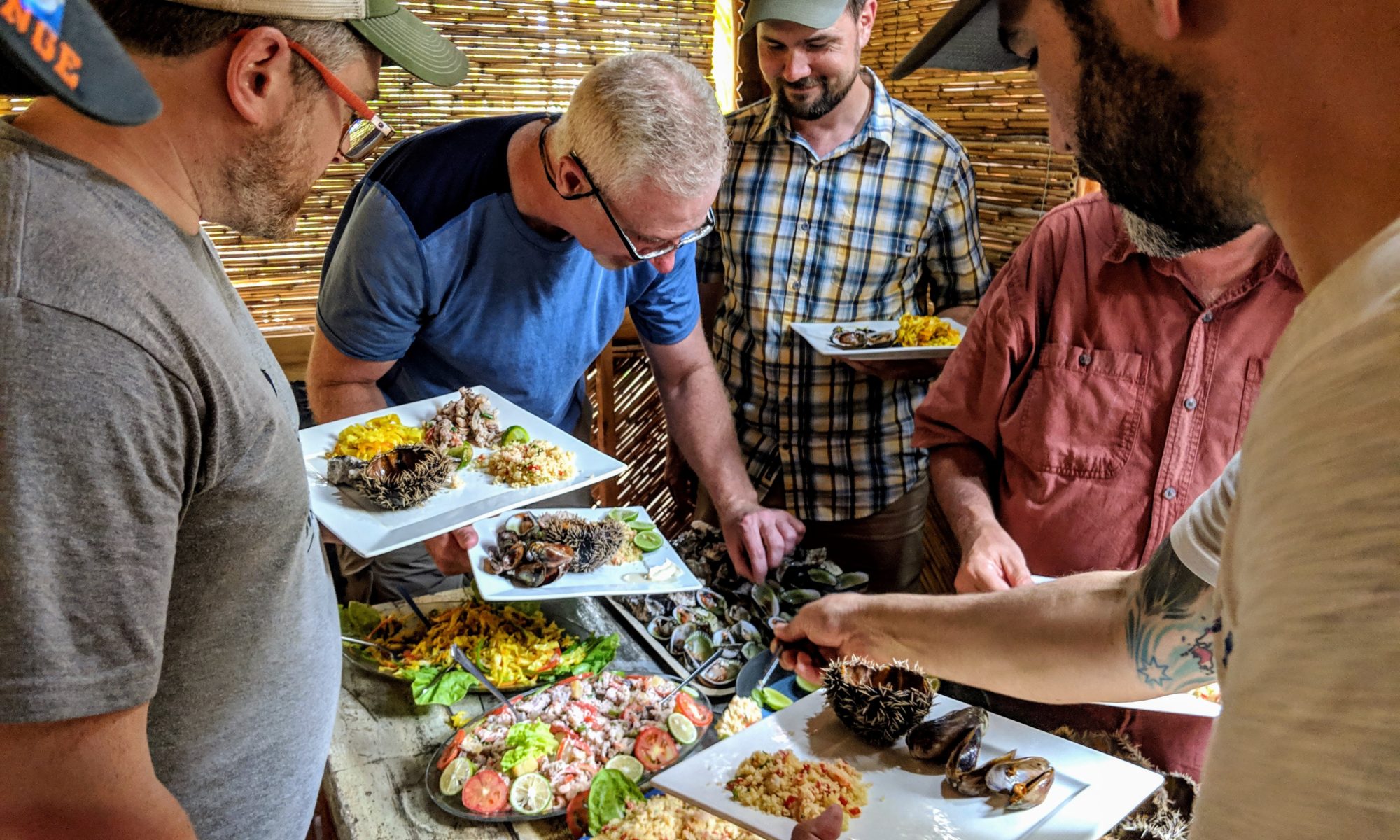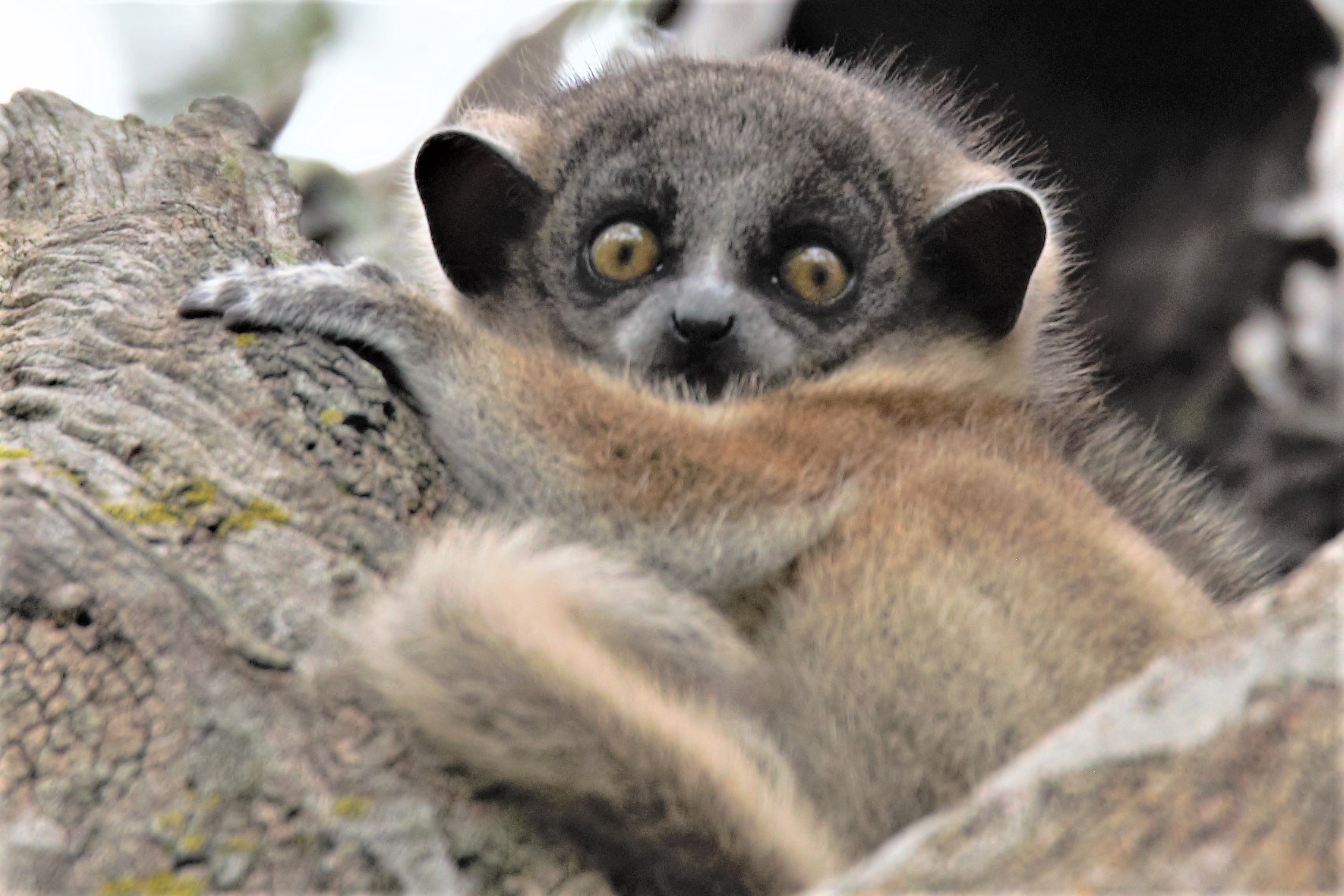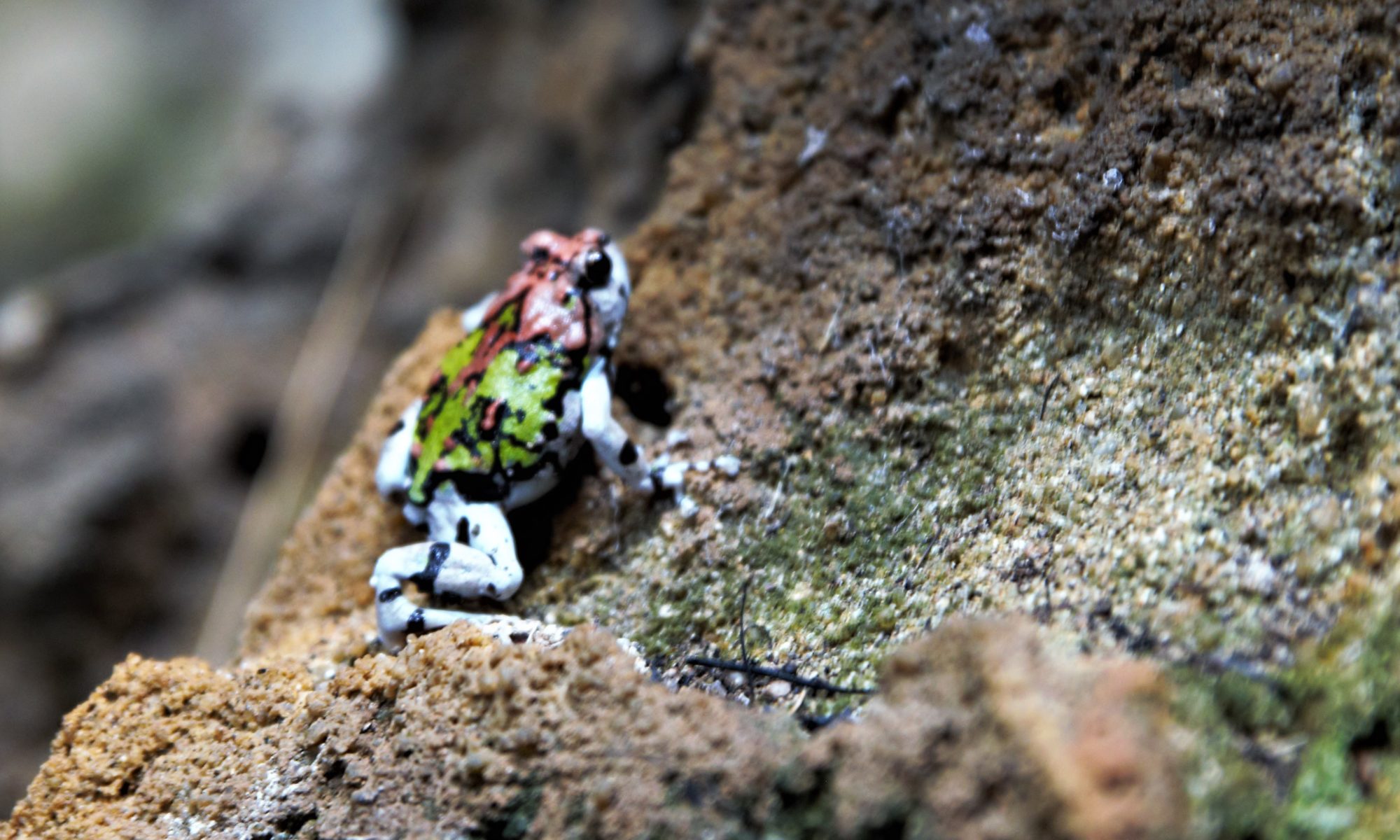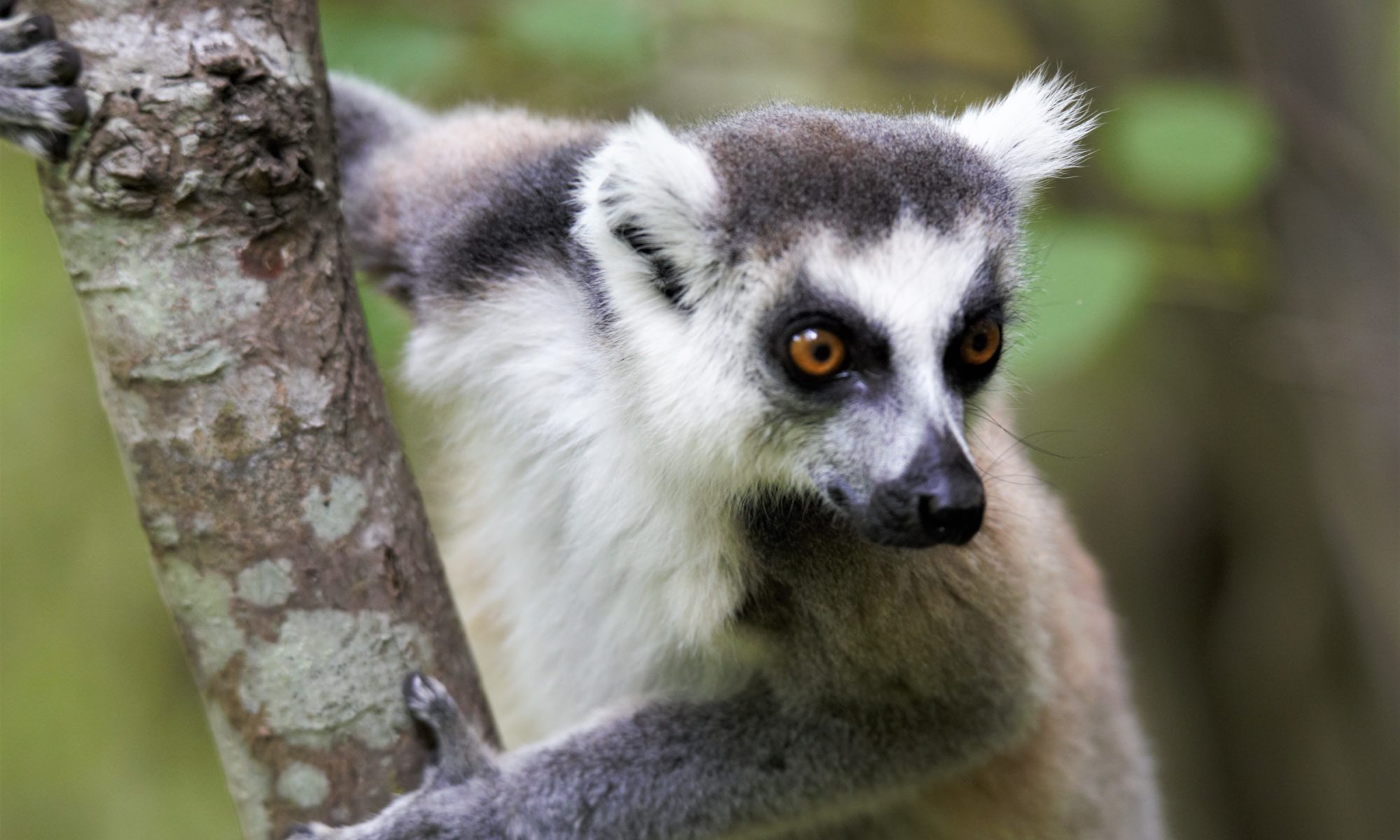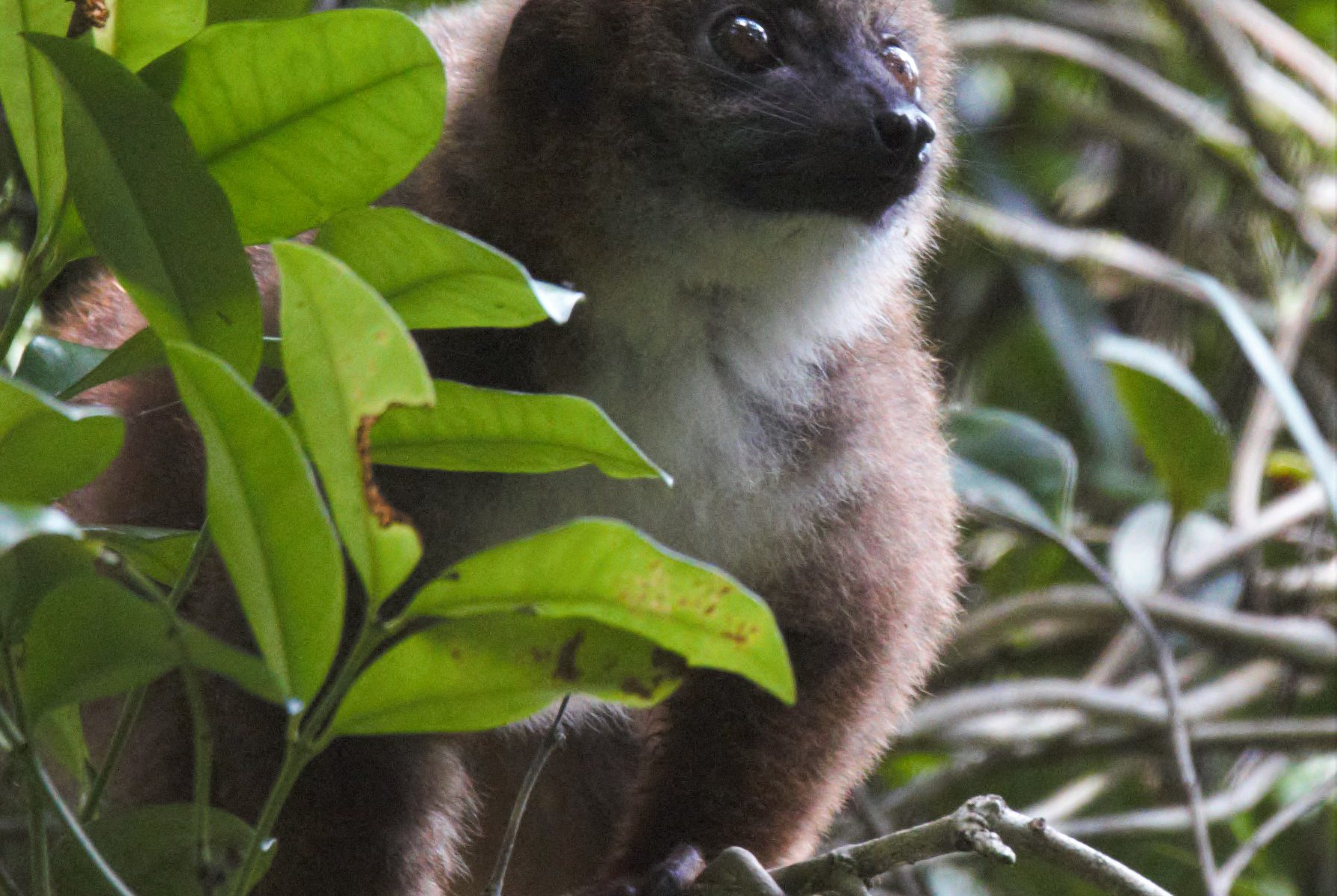At dinner Ciara introduced me to a woman who was doing research at Mpala through a grant at the University of Florida on a pretty little bird called a Vitelline Masked Weaver. Her name is Stephanie Wheeler and she has a smile that can light up a room. I was delighted when she asked me to watch her doing data collection and banding the next morning after breakfast. I promised to do my best to get photographs of her doing her research. As you might have guessed from looking at this website, I like to take pictures of birds and hope to continue to go bird watching with my former colleagues, Nolan, Mark, and Kurt, back in the eastern U.S., soon after I return from this adventure in a few months.
The birds Stephanie was working with had the convenient habit of finding their way into the temporary storage place for food waste. This space was covered and surrounded by wire mesh that was intended to keep the monkeys out. The birds could make their way into the enclosure through a small space above the door. Stephanie learned to rush the enclosure and get inside with a butterfly net, quickly stuffing the space above the door with cloth so the birds could not escape; then she could take her time and catch only the birds she needed, as they flew back and forth within the makeshift cage. The skill with which she caught and handled the birds was impressive. She was able to catch, in this manner, dozens of birds and was able to take her time with the measurements and banding without unduly stressing what she called “her birds. ” Nearly every bird she caught that day was a repeat capture, and like many of the different species of birds around Mpala they had unique colored bands around their legs, so she could identify them from a distance without having to capture them. When she did catch a bird for the first time, Stephanie would collect a tiny bit of blood from the wing so that she could have genetic testing done for her research.
Yes the bird is upside-down but the photo is not. Even though Stephanie was an expert at handling these guys, they never seemed to appreciate how gentle she was with them. Every chance they got they would give her a bite, sometimes to the point of drawing blood. It had to hurt.
Thank you Stephanie for sharing time with me. And those of you who are interested can see the pictures by clicking here.
